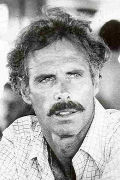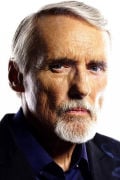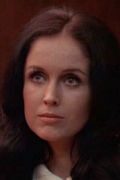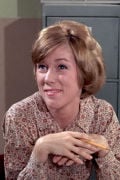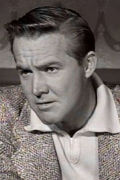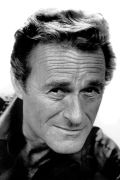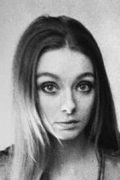Introduction"The Trip" is a 1967 counterculture-era movie directed by Roger Corman, written by Jack Nicholson, and starring Peter Fonda, Susan Strasberg, Bruce Dern and Dennis Hopper. The film is a vibrant portrayal of the mid-60s psychedelic scene, catching the social, cultural, and existential dimensions of the experience of taking LSD. It became a renowned representation of the age's experimentations with drugs and an exploration of the inner mind.
Plot SummaryThe film's plot revolves around the character of Paul Groves (played by Peter Fonda), a tv industrial director who is going through a divorce and seeking deeper significance in life. To this end, he chooses to attempt LSD for the first time, going for a kind of self-therapy or knowledge. Paul approaches his buddy John (Bruce Dern), who has previous experience with hallucinogens and accepts act as his "guide" through the drug experience.
In preparation for the trip, Paul visits a nightclub and after that retreats to a remote house in the hills of Los Angeles. There, under John's guidance, Paul ingests LSD, and the audience is taken on a visual and acoustic journey that mirrors the psychedelic experience.
As the LSD works, Paul experiences a series of intense and vivid hallucinations. These range from the wondrous and surreal-- consisting of sensual fantasies and spirited interactions with vibrant, abstract forms-- to the deeply troubling, such as visions of pursuit by hooded figures, a Renaissance celebration turned sinister, and conflicts with his own issues, such as his failing marital relationship and the worry of death.
Throughout these imaginary sequences, Paul connects with various characters, including Glenn (Dennis Hopper), another buddy and indulger in the hippie way of life. The lines between reality and the drug-induced journey blur, as Paul's mind attempts to navigate and make sense of the bombardment of sensations and his own psychological advancements.
Themes and Style"The Trip" looks into the self-exploratory aspect of hallucinogens, highlighting both the extensive insight and the possible dangers related to their usage. Themes such as self-discovery, the deconstruction of social norms, and the nature of reality are analyzed through Paul's journey.
The movie is significant for its groundbreaking visual style, which tries to reproduce the impacts of an LSD trip. Corman uses a range of cinematic methods including fast cuts, kaleidoscopic color filters, distorted lens effects, and experimental lighting to communicate the transformed state of awareness experienced by Paul. The intense and in some cases disjointed visuals matched with a psychedelic rock soundtrack add to a disorienting, dreamlike environment.
Impact and ReceptionUpon its release, "The Trip" was a business success, attracting the youth culture of the time and sparking interest about the psychedelic experience. However, its depiction of drug use was questionable, resulting in censorship in some locations and a requirement for the film to bring a caution label.
Although critics had actually mixed opinions on the movie, applauding its adventurous visual style and cultural significance while criticizing its absence of meaningful story and perceived glorification of substance abuse, "The Trip" remains an essential movie in the record of American cinema for its authentic encapsulation of a turning point in the 1960s counterculture movement.
Tradition"The Trip" continues to be a cult classic, concerned for its historic significance, capture of the zeitgeist of the 1960s, and its strong experimentation in filmmaking. It helped to pioneer a category of psychedelic movie theater that sought to represent the inner workings of the mind and the sensory distortions of drug experiences. This film led the way for later explorations of comparable themes in movies and remains a file of the cultural revolution that specified a period.
Top Cast



